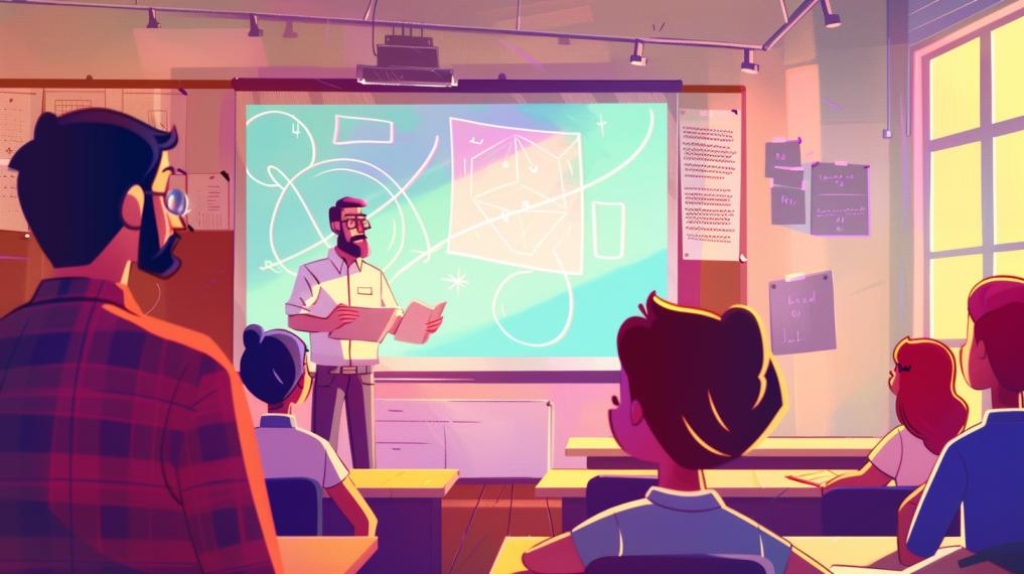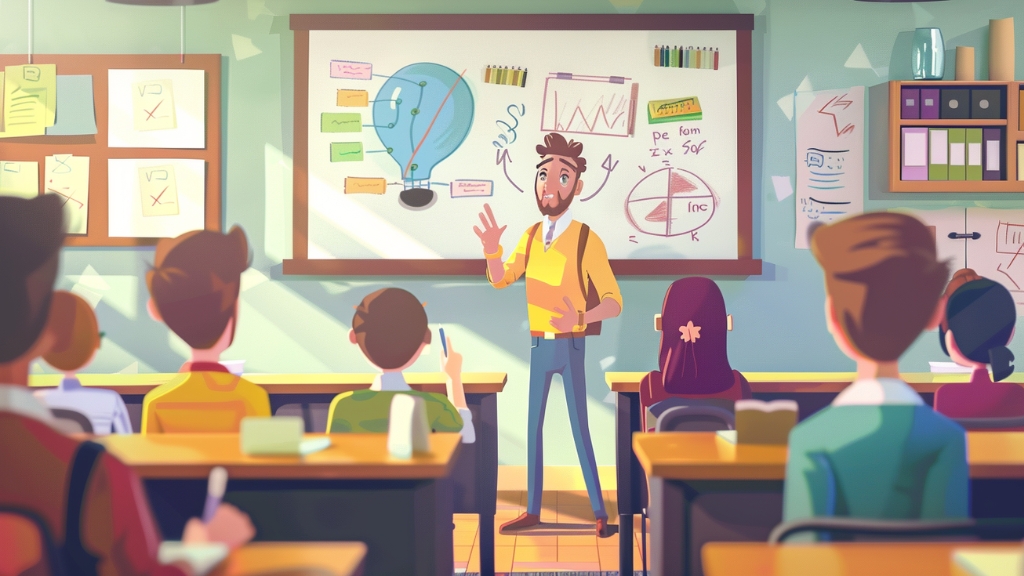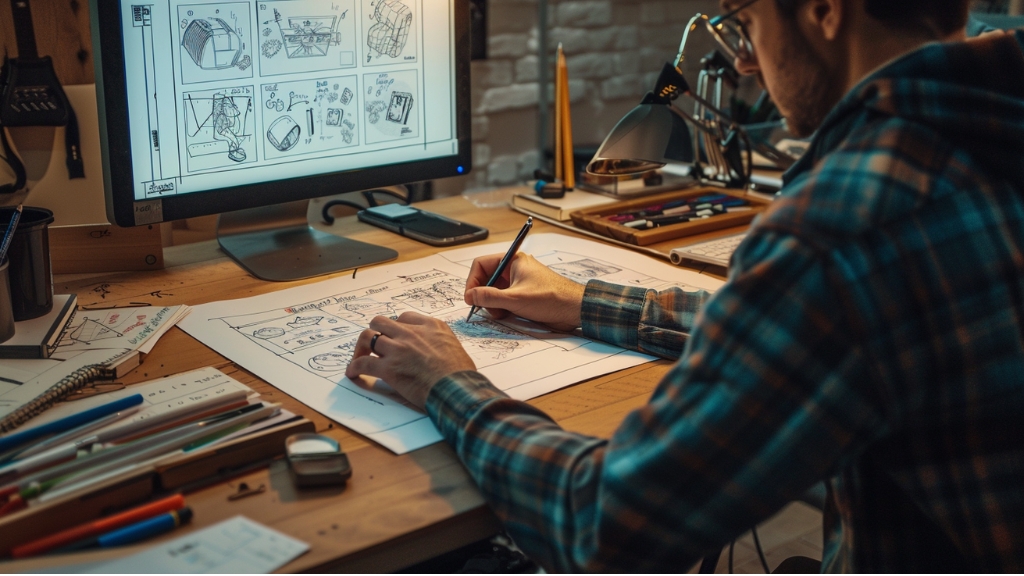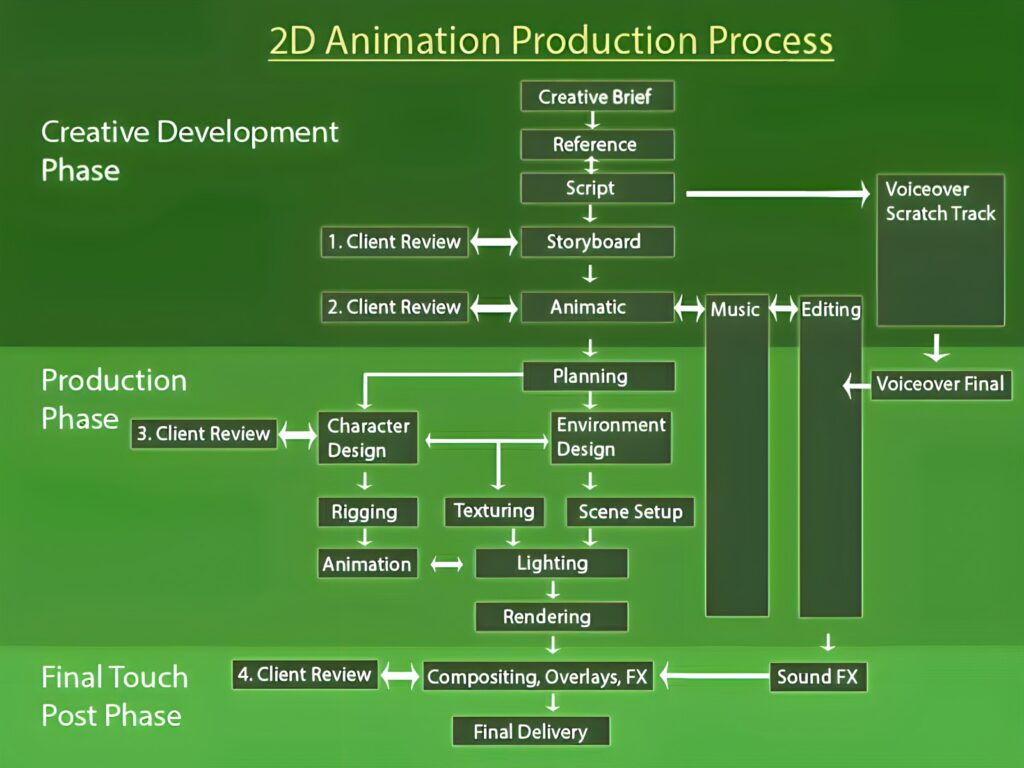
Introduction
Engaging 2D animation plays a crucial role in modern education. It captivates students’ interest, making lessons more dynamic and interactive. By presenting information in a visually appealing way, 2D animation helps students grasp complex concepts more easily, facilitating better learning outcomes.
The benefits of using 2D animation for educational content are extensive. Animated educational videos can simplify intricate subjects, making them accessible to all types of learners. This approach enhances storytelling, bringing educational material to life in a memorable way. Furthermore, 2D animation supports various educational needs, from interactive classroom lessons to comprehensive training videos.
For expert animation production services, contact Austin Visuals today. Call us at (512) 591-8024 or email us at [email protected]. Visit our websites at www.austinvisuals.com and medical3danimationcompany.com. Let’s create something extraordinary together!
Our Clients include:
What is 2D Animation?
2D animation, short for two-dimensional animation, involves creating movement in a two-dimensional space. It uses characters, backgrounds, and objects that are designed in a flat, two-dimensional environment. The basic principles of 2D animation include techniques like frame-by-frame animation, where each frame is drawn individually, and tweening, where intermediate frames are created to show smooth motion between key frames.
The key difference between 2D and 3D animation lies in their dimensionality and the techniques used. While 2D animation focuses on flat visuals and simpler motions, 3D animation involves creating depth and more realistic movements. 3D animation uses three-dimensional models and requires more complex software to render lifelike characters and environments. Each style has its own strengths and applications, with 2D animation being particularly effective for educational content due to its clarity and straightforward visual appeal.
The Benefits of Engaging 2D Animation for Educational Content
Capturing Attention
Discover how 2D animation captures and retains students’ attention. The vibrant visuals and dynamic movements of animation make learning more engaging, transforming mundane topics into exciting lessons. This heightened engagement helps students stay focused and interested, leading to a more immersive educational experience.
Enhancing Understanding
Learn how animation simplifies complex concepts with visual aids. 2D animation breaks down intricate ideas into easily understandable parts, using visual storytelling to explain subjects that might otherwise be challenging. By visualizing abstract concepts, animation makes learning more accessible and enjoyable for students of all ages.
Improving Retention
Understand the role of visual aids in improving memory retention. Studies have shown that visual learning aids significantly boost information retention. 2D animation, with its combination of movement and imagery, helps embed knowledge more deeply in students’ minds. This method ensures that learners remember key information longer, enhancing overall educational outcomes.
Catering to Different Learning Styles
Explore how animation addresses various learning preferences. Not all students learn the same way; some are visual learners, while others might prefer auditory or kinesthetic methods. 2D animation can cater to these diverse learning styles by incorporating elements like narrated stories, interactive activities, and vivid imagery. This versatility makes animation a valuable tool in creating inclusive and effective educational content.
How 2D Animation Enhances Various Educational Fields
Science and Technology
2D animation plays a pivotal role in teaching science and technology. By animating scientific concepts, educators can make abstract ideas more concrete and understandable. For example, animations showing cellular processes or the mechanics of a rocket launch can bring these subjects to life, making them easier for students to grasp. This visual approach not only aids comprehension but also sparks curiosity and interest in scientific exploration.
History and Social Studies
In history and social studies, animation can transform the way students learn about past events and cultural developments. Animated reenactments of historical events or the evolution of societies provide a dynamic and engaging way to explore these subjects. By bringing historical figures and scenarios to life, students can gain a deeper understanding and appreciation of the past, making history more relatable and memorable.
Mathematics
Mathematics, often seen as abstract and challenging, becomes more accessible through animation. Animated sequences can illustrate complex mathematical principles and processes, such as geometry transformations or algebraic equations. By visualizing these concepts, students can see how they work in a tangible way, which enhances their understanding and retention. This approach helps demystify math, making it more engaging and less intimidating.
Language Arts
In language arts, animated stories and characters can significantly enhance language learning. Animation brings literature and language exercises to life, making them more engaging for students. For instance, animated adaptations of classic literature can help students better understand and appreciate the stories. Additionally, animated grammar lessons and vocabulary building exercises can make learning new language concepts fun and interactive, improving both comprehension and retention.
Creating Effective 2D Animated Educational Content
Storyboarding
Planning the visual sequence with effective storyboarding is crucial for creating impactful 2D animated educational content. Storyboarding allows you to outline each scene, ensuring a logical flow and clear narrative. This step helps visualize the animation, making it easier to organize and refine the content before production begins.
Scripting
Writing clear and concise educational scripts is essential for conveying your message effectively. A well-written script provides structure and direction for the animation, ensuring that complex concepts are communicated in an understandable and engaging way. Focus on clarity, brevity, and educational value to make the most of your animated educational videos.
Design and Animation
Creating and animating visual elements is where the magic happens. This process involves designing characters, backgrounds, and other visual components that will bring your educational content to life. Using vibrant colors, dynamic movements, and appealing designs, you can create animations that not only educate but also captivate your audience.
Review and Feedback
Gathering feedback from educators and learners is a vital step in refining your content. By seeking input from those who will be using or viewing the animations, you can identify areas for improvement and ensure the final product meets educational standards. This iterative process helps enhance the quality and effectiveness of your 2D animated educational content, making it a valuable resource for teaching and learning.
Why Choose Austin Visuals for Engaging 2D Animation for Educational Content?
Expertise in 2D Animation
At Austin Visuals Animation Company, our team brings a wealth of experience and qualifications in the field of 2D animation. Our skilled animators and designers have worked on a diverse range of projects, honing their craft to deliver high-quality educational content. With years of industry expertise, we understand the nuances of creating animations that are not only visually appealing but also educationally effective. Our commitment to excellence ensures that each project meets the highest standards of quality and creativity.
Tailored Educational Solutions
Austin Visuals offers customized animation solutions to cater to various educational needs. We work closely with educators to understand their specific requirements and objectives, creating animations that align with their teaching goals. Whether it’s simplifying complex scientific concepts, bringing historical events to life, or visualizing abstract mathematical principles, we tailor our animations to enhance learning and engagement. Our personalized approach ensures that each animation project is uniquely designed to meet the needs of the target audience.
Austin Visuals Animation Services
- 2D Animation
- 3D Animation
- Motion Graphics
- Explainer Videos
- Educational Animation Videos
- Corporate Videos
- Character Animation
- Technical Animation
- Medical Animation
Conclusion
The use of 2D animation in educational content offers significant benefits that enhance the learning experience. By capturing students’ attention and making lessons more engaging, 2D animation transforms traditional teaching methods. It simplifies complex concepts, making them more accessible and easier to understand. Additionally, 2D animation improves retention by using visual aids that help embed information in students’ memories. It also caters to different learning styles, ensuring that all students can benefit from the content.
Integrating animation into educational strategies is a powerful approach to modern teaching. Animated educational videos can transform classrooms into dynamic learning environments, breaking down barriers to understanding and making education more enjoyable.
For expert animation production services, contact Austin Visuals today. Call us at (512) 591-8024 or email us at [email protected].
Have a Project to discuss? Use this form to Contact Austin Visuals









